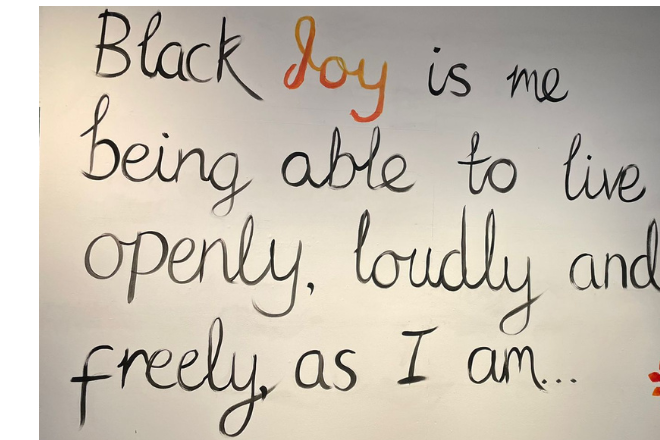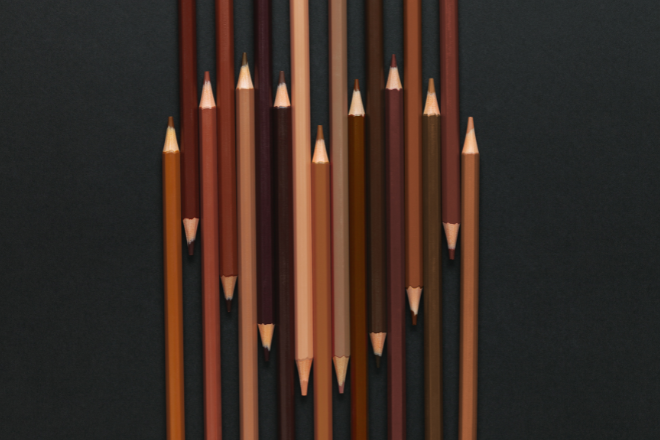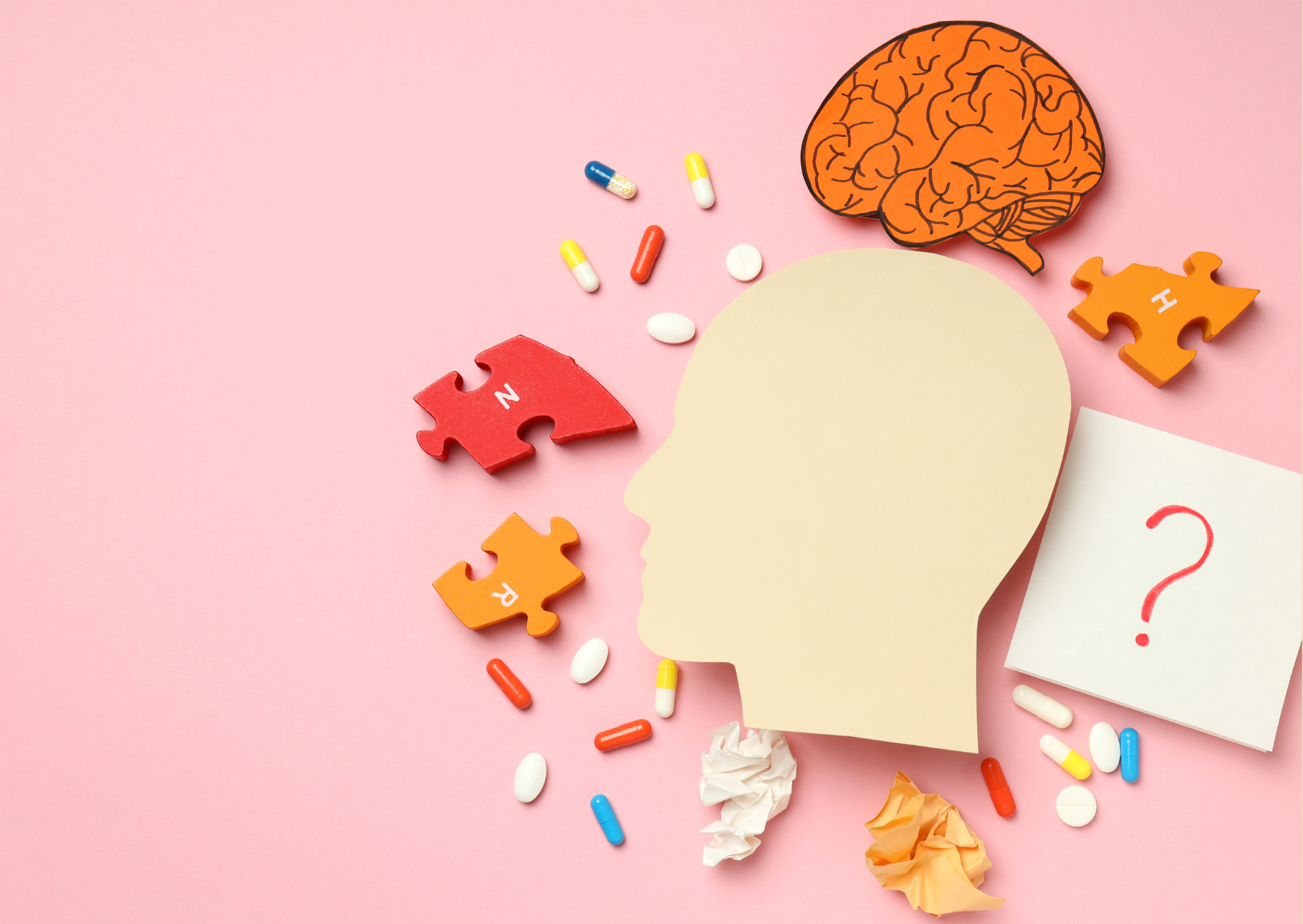
It’s been wonderful to discover Co-production Collective and their dedication to helping more people do co-production well. As an independent artist I came to this realm via a circuitous route, so it’s exciting to find a new ‘tribe’ that I feel I could be part of!
I’d like to share my perspective on co-production, as an artist/researcher who co-produces projects which involve creative workshops. I’ll tell you about my current project and also share some tips that I’ve learnt over the years. From my experience, co-produced creative workshops can provide inclusive, unpressured and inspiring environments in which participants share their stories; learn about each other; build connections and, consequently, teach the researchers more about what they are studying. We begin with a blank canvas, literally and proverbially, and (following some intense collaborative processes) end with rich insights on the subject being studied, authentic bonds between people and artistic reflections on the whole process.
I’d like to tell you about the project I’m currently co-producing with Natalie Ryan, a neurologist and researcher who specialises in Familial Alzheimer’s disease (FAD) and works with a group of families affected by the disease. Walking in your footsteps is funded by UCL’s Trellis Arbor programme 2023/24, and is part of a larger public art programme designed around the building of a new world-class centre for neuroscience, which will open at Gray’s Inn Road in 2025.
The new centre is all about collaboration and bringing scientists, clinicians and patients under one roof to translate research into new treatments, and the Trellis Arbor programme supports this, developing a range of meaningful artistic and academic collaborations. During the programme, selected artist and researcher pairs form new working relationships and collaborate with relevant community groups to co-create a piece of artwork which explores a topic of mutual interest.
Familial Alzheimer’s disease (FAD) is a rare form of Alzheimer’s caused by mutations in genes that run within families. The children of someone carrying an FAD mutation have a 50% chance of inheriting the mutation and developing the disease, so it has a huge impact on whole families across generations. These rare families offer a unique opportunity for researchers to understand more about Alzheimer’s disease, since people can be tested for the gene before any symptoms occur. Natalie has been involved in running a support group for these families for many years (part of Rare Dementia Support), so we approached them for help co-producing a project in which we would aim to use artistic expression to;
- Learn more about the lived experiences of families affected by FAD.
- Gain insights into individual’s perspectives on the important milestones in FAD progression.
- Offer participants an enriching experience and connections with others from families with FAD.
- Improve awareness of and support for these families through sharing the new perspectives we co-develop.
- Install artworks in the new research institute which provide an enduring reminder to the scientists who work there of the immense contribution that families affected by FAD have made, and continue to make, to our understanding of Alzheimer's disease.
How the project has developed to date
We began with a project development session online which was attended by members of the FAD support group, myself and Natalie. This threw up a lot of ideas for potential artistic activities to do within subsequent creative workshops. (The number and format of workshops was not pre-determined and is being decided as the project progresses). We decided on collage as it is a very accessible artistic practice and caters to a very wide range of cognitive and physical abilities and artistic experience.
When gathering a group who don’t have artistic experience in common, it’s important to consider that artistic tasks can feel intimidating. To ensure that artistic activities didn’t make anyone feel anxious, we emphasised that no experience was necessary, and no outcomes were expected. Coming with an open mind and a willingness to share was the only requirement.
We also chose collage because it seems an ideal process through which to create artworks that speak about the c; having to be responsive while lacking control; living with continual uncertainty; being overloaded with conflicting emotions. With collage, rather than having complete control over the content of your piece you have to make choices from what is available; magazines, found photos etc. The outcome is rarely predetermined but usually evolves organically as you make the best of what you have. Also, the fact that a collage can be changed infinitely offers a way to illustrate the ever-changing family dynamics that these families must navigate, and the shifting of individual identities caused by symptoms as well as caring roles.
What happened within the creative workshops
We began our first workshop sitting together around a table piled with magazines, papers, fabrics etc. We asked everyone to take five minutes to pick up or cut out something that reflected how they felt today and then stick it on a shared paper. Each person then told us why they had chosen what they chose. Some people revealed their emotions towards the workshop or their life situation and some just referred to their journey or the weather. This open prompt allowed everyone to speak as much or as little as they liked, by way of introduction, and making a collage collaboratively fostered a sense of togetherness, without any pressure on individuals to ‘perform’.

Then each person took their own paper to build their own collage. The subsequent prompts, which were given out whenever a pause in conversation allowed, focussed more directly on their experiences of FAD, such as; ‘choose something which illustrates your role in your family’. In more traditional research this question might be posed as ‘How do you feel about your role in the family?’, which could be perceived as a huge question, but being asked to find something to illustrate one’s role offers some time for quiet reflection. The act of making choices to find the ‘thing’ provokes an internal dialogue about one’s feelings towards one’s role. This meant that when we began to share what we’d each chosen people were inclined to explain their thinking. This is often more revealing than when a person gives a concise answer, as they tend to in interview situations, while assuming brevity is required.
The rhythm of getting regular small prompts, breaks a creative undertaking into manageable bite-sized parts, and allows for different people to find their creative flow at their own pace. The freedom to either talk simply about their collage or to reveal more about the stories and emotions that inspired it, allowed for people’s different levels of emotional awareness or openness and for different communication styles.
Bridget (workshop participant) said: "We felt that the use of collage was non-threatening, easily accessible, and the most levelling way to channel our experiences – the perfect choice, as we had wondered (and worried rather!) about how we would fare having to produce something in front of a lot of unknown people … I loved the clever prompts you gave us as they both helped us get started and then kept me going, instead of getting stuck in the ‘overwhelm’ that can be so much part of this journey we are on".
Andrea wrote about the workshop day: “The whole idea and concept for the day was just magical, it’s not very often people like myself get a chance to sit in a room with other like-minded people who know exactly how you are feeling and could be telling your story when speaking about their own experiences.”
Photos from the first collage workshop:


Ensuring those with lived experience are in the majority within a co-production group, helps to engender a safe, supportive atmosphere. Nobody has to explain themselves or justify their positions since they have the condition in common and are familiar with the particular factors which affect each other’s lives. There is an unspoken understanding. During our workshop the conversations flowed very naturally. Everyone’s voice was heard and resonated.
During the workshops I had the privilege of being sometimes more of an observer than a facilitator. Since I am not from a family with FAD, there were times at which my perspective wasn’t relevant or useful. I was there to learn.
It’s also crucial to recognise when co-producing with people who may have experienced discrimination or misunderstanding of their lives that they may be cautious about opening up, or sceptical of ‘outsiders’ who claim to be interested in their perspectives. Natalie has a long-term trusting relationship with the group, so we didn’t face this hurdle. I was able to introduce myself to the group at multiple FAD support meetings before asking them to trust me and collaborate with me too. We were also fortunate to have workshop support from Natalie’s colleagues Helen Rice, FAD specialist nurse, and Emma Harding, research psychologist and counsellor/psychotherapist, who also work closely with the support group.
If these connections do not already exist with a co-production team, it’s very important to leave ample time to build them. Conversations with potential new co-producers should always be totally transparent and not rushed. A solid foundation is critical, so ensuring that all involved feel comfortable should be the first goal. Of course, leaving ample time for this stage has budget and timescale implications, so if possible, it’s best to have partnerships tried and tested before writing proposals or applying for funding. In the case of the Trellis programme, the relationship building stage is funded and supported with advice and guidance, but in my experience, this isn’t the norm. As co-production becomes increasingly recognised as essential to authentic research, hopefully more funders will begin to support the relationship building phase too.
Although co-devising and running artistic workshops is not something that can be done fast, if done well, in my experience it offers a shortcut to getting to know people on a very personal level. It engenders a level of trust that would take a very long time to build with participants of a more transactional research process. Everyone who attended this workshop expressed not just a willingness but a keenness to continue being involved in the project.

What’s next for the Familial Alzheimer’s disease project?
We will host a second workshop with another group of people affected by FAD and conversations and artistic collaborations between myself and the participants will continue as I go on to make artwork inspired by their experiences. This co-produced work may be permanently installed in the new UCL Institute of Neurology - Dementia Research Institute translational neuroscience centre; a world class research facility which is currently under construction on Gray's Inn Road. Our participants are excited about the opportunity to see their stories represented within the new centre, for scientists and patients to encounter every day. Please follow for updates on the projects progress @brionycampbell_shots.
Why it is helpful to use artistic exercises within co-production
Other projects I have co-produced include exploring relationships with adults with autism and making films about death with terminally ill people. All have been pretty challenging and massively rewarding. Here’s a summary of the most important things I’ve learned which I hope will encourage others to involve artistic processes in their co-produced projects.
Artistic exercises can:
- Offer an alternative mode of expression to those not used to talking about their personal worlds.
- Evoke new feelings not recognised before and uncover unexpected research themes.
- Build trust and connections between strangers.
- Create mutually therapeutic exchanges.
- Open new avenues of expression to people with life limitations, physical or cognitive.
- Reduce power dynamics.
- Give people new skills and interests.
- Bring a sense of joy and optimism to projects about heavy topics.
Artistic outcomes can:
- Give the creators a sense of pride and empowerment.
- Enable participants to connect over their achievements rather than their struggles.
- Be appealing and effective for public engagement and awareness raising.
- Provide authentic and compelling visual content and data for project evaluation reports.
For more examples of artistic processes within co-produced projects please see my facilitation page. I’m always happy to offer advice to others and keen to talk with potential new co-production collaborators. Drop me a line me@brionycampbell.com
Dr Natalie Ryan is a Senior Clinical Research Fellow and Honorary Consultant Neurologist at the Dementia Research Centre, UCL Queen Square Institute of Neurology, the UK Dementia Research Institute at UCL and the National Hospital for Neurology and Neurosurgery. She is Research Specialty Co-Lead for Dementia for the NIHR North Thames Clinical Research Network.





.png)

.png)
.png)


.png)
.png)
.png)